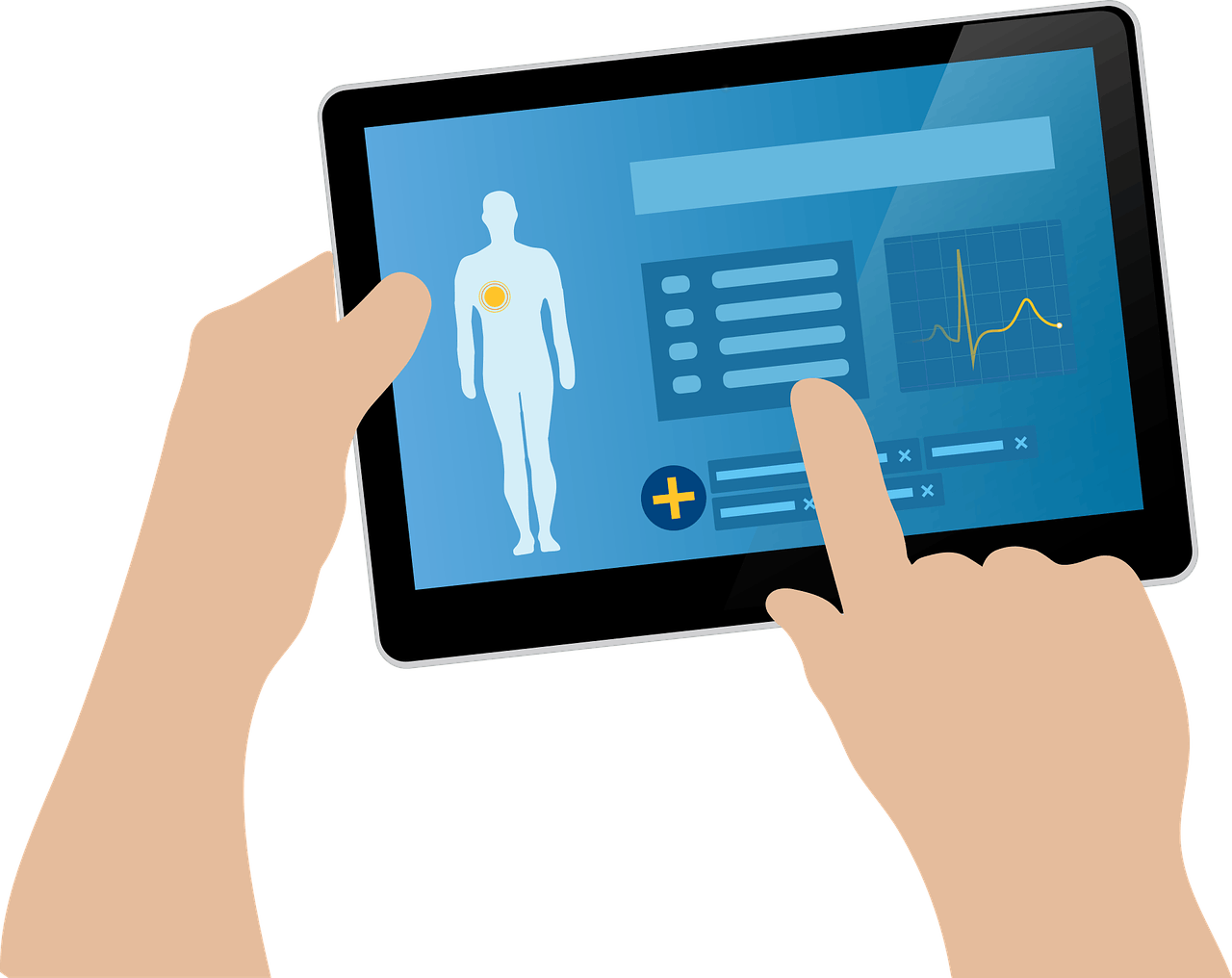
On May 4, 2017, House Republicans fulfilled a key platform promise that has served as an effective political lynchpin for nearly a decade: repealing and replacing Obamacare. The American Health Care Act (AHCA) will effectively repeal the ACA’s individual mandate, cost-sharing reduction payments, and premium tax credits, in favor of age-stratified tax credits and community rating waivers to help states manage their individual insurance markets.
According to the CBO, the bill is expected to leave 23 million Americans without health insurance within a decade, as well as increase premiums for older and poorer Americans.[i] Conversely, the bill is a victory for fiscal conservatives, with cuts of $834 billion dollars in federal spending over 10 years, most of which is projected to come from critical changes in how the federal government funds Medicaid.
Broadly speaking, the AHCA discontinues the ACA-era matching rates by 2020 and converts Medicaid federal matching funds to a state-opted per capita cap payment or block grant (i.e. for eligible groups who are not disabled or aged). In the former option, a set amount, calculated to ensure federal savings, would be given to states for each Medicaid enrollee.[ii] The per capita cap and block grants would allow for annual payment adjustments based on the Medical Consumer Price Index, but states are financially responsible for additional spending. On the other hand, states keep nothing if they spend under the cap.
Despite proponents’ arguments that per capita caps are less disruptive than block grants, both options ultimately present a sore point for states, especially the 31 states that had implemented the ACA-sponsored Medicaid expansion. Medicaid currently covers 69 million Americans, which means that not only do states have to contend with lower federal support for a greater number of beneficiaries, but they may also be subject to increased administrative costs associated with implementing the per capita cap, as some critics have pointed out.
Unfortunately, the “cut of first resort” is likely affect “payments to providers,” as Drew Altman of Kaiser Family Foundation recently wrote in Axios. This is problematic since healthcare entitlement reimbursements have historically served as determinants of service provider supply in different regions of the United States. In 2005, a GAO report investigated the effect that the difference between local private payments for healthcare services and Medicare reimbursements had on the locality’s provider supply. The report found that CRNA supply is negatively correlated with differences in payments and that anesthesiologist supply is negatively correlated with beneficiary concentration. Additional strategies that states may employ to contain Medicaid costs include cutting services and limiting eligibility to Medicaid.
Should the consolidated AHCA pass the House and Senate, it is likely that will become increasingly important to deal with issues relating to anesthesiology practitioner supply.
[i] https://www.cbo.gov/system/files/115th-congress-2017-2018/costestimate/hr1628.pdf
[ii] http://healthaffairs.org/blog/2017/05/17/can-states-survive-the-per-capita-medicaid-caps-in-the-ahca/





